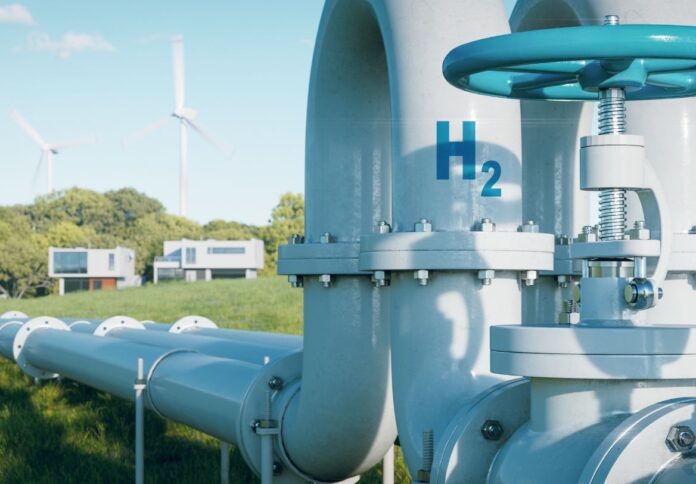
Industry representative Weld Australia has called for the establishment of a national policy framework that will guarantee a strong pipeline of work to attract investments in building a sovereign renewable energy manufacturing capability.
Weld Australia has recommended mandated local content of 60 per cent of Australian fabricated steel by kilogram compliant with Australian Standards.
Non-profit think tank Climateworks estimated that $625 billion worth of investment will be needed to decarbonise Australia’s industry and energy system by 2050. This figure includes $400 billion of business-as-usual investment by the private sector and a further $255 billion to transition the energy system.
“Our governments must stop prevaricating over our response to the IRA and enact equivalent policies and legislation that encourage private investment and secure a pipeline for local business. The alternative is that Australia remains a dig-and-ship economy until we run out of ore—and options,” said Geoff Crittenden, CEO of Weld Australia.
“We must grow our manufacturing capability at a rapid pace if Australia are to have the resources to meet net zero targets. And yet, the Federal Government has so far failed to allocate funding, or enact any kind of industry policy, tax incentives, or legislation,” Crittenden said.
In a media release, Weld Australia also highlighted the significant speculation about the capacity of the global supply chain to deliver Australia’s material requirements for the renewable energy transition.
Vestas, one of the largest tower original equipment manufacturers, recently noted that their supply chain was already booked for 2024 and the only way they could guarantee to supply Australia was to build a local plant.
“At this stage it would be safe to assume that Australia, despite its natural advantages and ambition to become an energy superpower, will be a small player in the global market without the scale to secure supply or value. Therefore, relying on the overseas supply chain would pose a significant risk that can only be offset by establishing sovereign manufacturing capability,” said Crittenden.
“If Australia is to develop a sovereign manufacturing capability, then we will also need to develop the accompanying technical infrastructure. It will be imperative that we have a suite of Standards covering all aspects of the manufacturing and construction process. Most importantly, we will need a set of design parameters that will allow for standardisation of infrastructure, transport and logistics.”

















